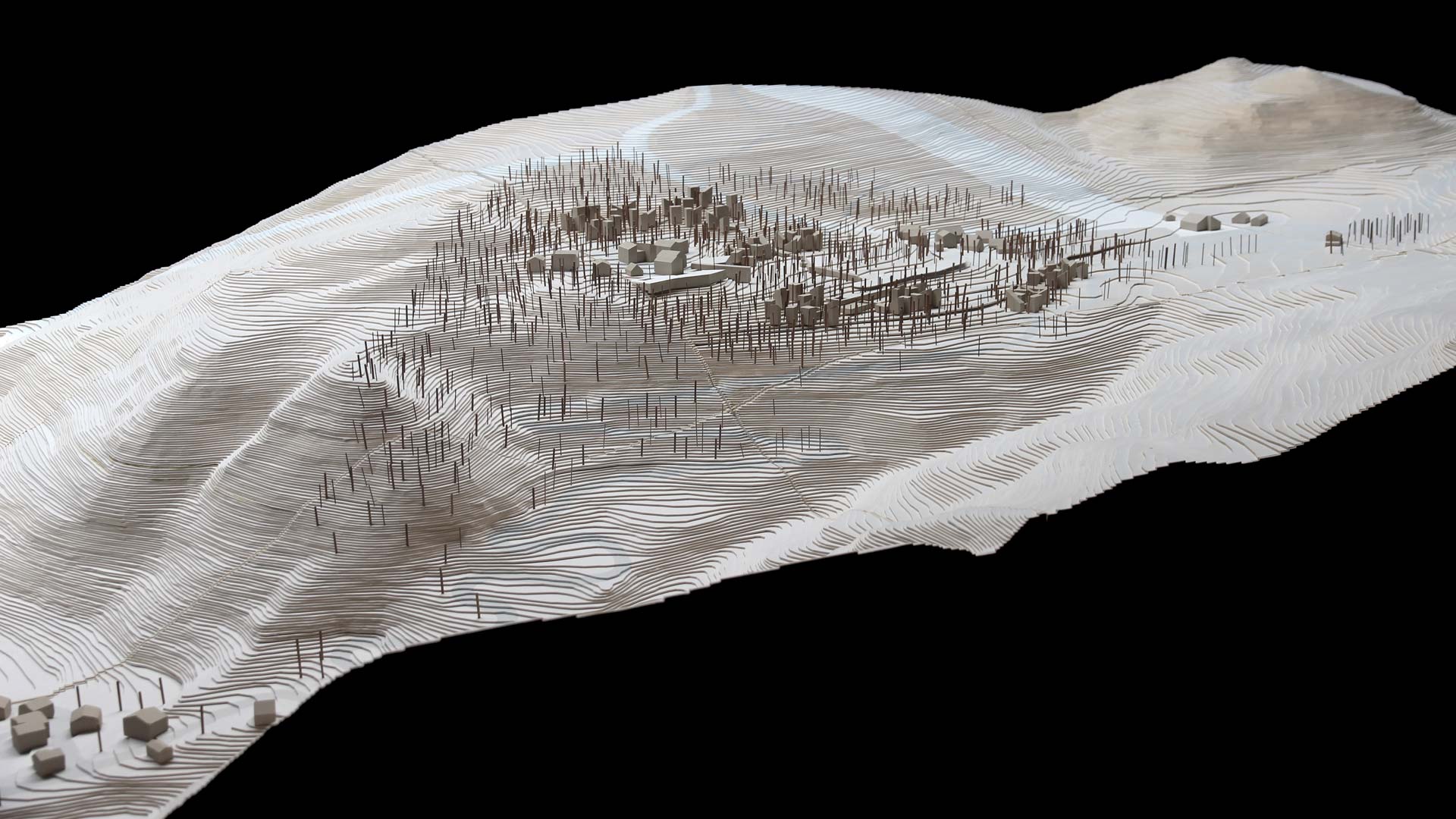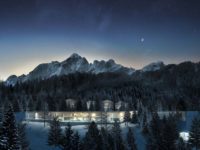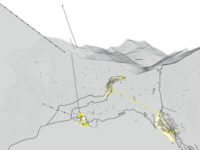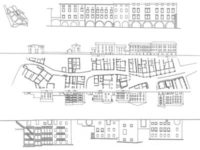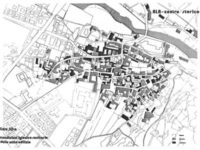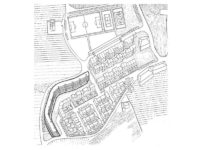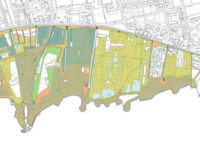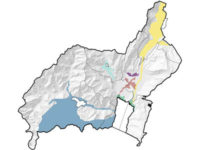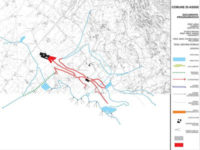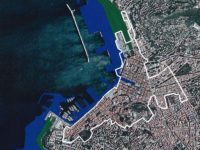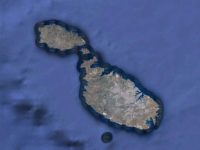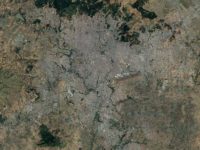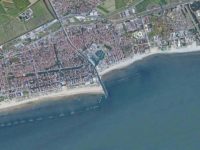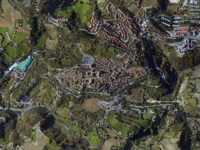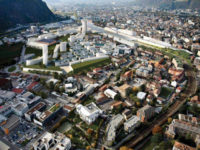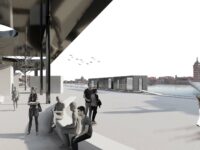Dolomiti Open Museum
The future of the Dolomites between Pelmo and Civetta
Pelmo and Civetta, the two mountains that enclose the Val di Zoldo, are part of the UNESCO World Heritage Site of the Dolomites.
Pelmo is the first mountain in the Dolomites to be climbed in 1841 by the Irish Ball, the first president of the English Alpine Club. The Civetta, with both peak wall of 1000 meters is the mountain where the sixth degree is established.
A place where the past needs to relaunch its future, with a different tourism, which rediscovers the environment, the landscape and wellness. Quality tourism, in fact, increasingly demands a total experience in nature, even just for a few days. A pedestrian place, without a car. Where you can relax with physical activity and then relax in thermal baths immersed in the landscape. Finally, sleep among the foliage of the fir and larch trees, 1500 meters above sea level, in the white of the snow, in quality suites from where you can go out directly into the slopes with the ski at your feet.
South gate of the dolomites
The area of the “Colonels” in Pala Favera, between Pelmo and Civetta, is the ideal place: the area of the Dolomites closest to an international airport. It can be reached in just 1 hour and 40 minutes from Venice’s Marco Polo airport. And so it is included in the largest ski carousel in the Alps, the Dolomiti Skipass. In the best Winter tourism, even if Italy is the country that has invested the least, with an inevitable obsolescence of housing and infrastructure.
It is therefore essential to redesign the places of tourism, aware that respect, the enhancement of the environment and the sustainability of interventions is the only possible line of development.
An authentic experience in the dolomites
The tourist offer of the last twenty years has created a “globalized” tourism, which tends to flatten, to unify the territories and cities, transforming them into commercial “gadgets” in massified postcards. This type of offer is not enough anymore, the new tourist increasingly requires to rediscover an authentic experience to the rediscovery of nature.
This requires a comprehensive strategy with a project that includes:
– Five hotels designed following the characters and trends of the places, where the architecture comes from the ground, from its height differences, and allows users to sleep among the fir trees, enjoying from the room the peaks of Pelmo and Civetta.
– A wellness centre open to tourists and an external public, open to the landscape and surrounded by the forest.
– A sledge lift ride, reminiscent of the first steps of mass skiing, which runs through the entire area, allowing guests to reach the three rest stations, where pedestrian routes depart for the various hotels.
– The sledge lift also connects two “new villages” that tell the material and constructive culture of the Dolomites through contemporary architecture. The architectures, designed by the most famous contemporary architects, in the whole of the two villages thus become a “manifesto” of Alpine architecture in real scale, unique in its kind.
Walk in the woods
An area of 12 hectares, mostly wooded, adjacent to the slopes of the “Civetta, the Dolomiti skipass. Owned by the “Colonnelli”, a “Consorzio regoliero” born in the sixteenth century with a revised statute in 1989. A collective property, in which only the heads of the population of the upper Zoldo Valley participate. A way to reflect together on the future of the environment in which they live, in a sustainable way, making the best use of environment and tourism resources.
A space therefore where there should not be, for example, cars, which should be isolated in a covered parking lot that touches the ground on tiptoe, you lean: letting you see the grassy sides and bushes that delimit a natural incision of the ground, where a steel parking lot can accommodate visitors’ cars.
At the exit the sledge lift stop that connects the two villages and, with the intermediate stops to walk to the hotels or the spa.
Inside you only move on foot or using only electric service vehicles.
Una cableway like those of the past.
A cableway, to be repeated the first sledge lift that were born in the thirties and that are the first step to make the descent with ski on the snow attractive to a wide audience.
A way to offer tourists a total immersion in nature. A way to make playful and exciting collective transport on the snow. A way to let the new generations know the dawn of this sport.
The story of the Dolomiti
Pelmo and Civetta belong to the important history of the Dolomites, a UNESCO World Heritage Site. The story of their events and the Dolomite environment becomes an integral part of the stay. The story of the Dolomites, its landscapes and its people develops along a pedestrian ring with six thematic paths that connect the hotel units and the two villages. Functional paths, partly covered, that illustrate and intrigue guests about the geological history of the Dolomites, showing the fossils of fauna and marine flora still traceable in the Dolomite stone, or the footprints of the dinosaurs imprinted in some rocks of Pelmo. To which you can add the story of the ancient iron mines and bauxite, or the description of the immense variety of plants, shrubs and flowers. Four covered routes tell the story: the land and water of the Dolomites, the Ladin world, mountaineering and rock cathedrals, the kingdom of fossils and minerals. The two outdoor trails: the arboreal essences and the fruits of the Dolomites.
A permanent exhibition of contemporary architecture
In this story you can not miss the illustration of the architecture of wood and stone that characterize most of the Alpine architecture and that find in the Dolomite area of the achievements of great interest, that characterize the different cultures and valleys.
A continuous and rich variation on the theme of living at high altitude, reworking barns, stables and homes.
In the two villages, contemporary architects once again face the theme of living, with the only constraint to use only traditional materials: stone and wood.
The villages become a “gymnasium” where architects will continue to practice. Adding, modifying, reinterpreting.
The wellness center
Those who go to the mountains and at high altitude seek above all air purity, physical activity and well-being of the body. It is no coincidence that the success of places and centers designed for wellness, relaxation of body and mind is growing. And it will be more and more. This is why the southern village, among the trees, at 1500 meters above sea level, with views of the Pelmo and the Civetta is an ideal place to realize a spa.
Water caves and pools with different temperatures and salinity accompany us to three large pools that float on the roots of the trees and face south, towards the mountain peaks of Zoldo.
Sleep among the peaks
There is nothing more beautiful than waking up immersed in the muffled atmosphere of a snowfall, or stopping to sip a hot drink looking at the walls burning with the sun of a Dolomite mountain. It is these simple emotions that remain imprinted on the mind.
We must therefore no longer simply design a bed and two bedside tables or a boring and repetitive corridor. Quite the opposite, we must ensure that sleeping between the peaks is always a dive into nature, while ensuring maximum efficiency and functionality. The corridors, for example, must disappear and be replaced by aerial paths at high altitude, which allow us to walk among the foliage of the fir and larch trees, to reach our suite, which overlooks with a huge window on the surrounding landscape. By designing the chambers as cells, nests that wedge between trees, allowing us to see the peaks at the same time.




